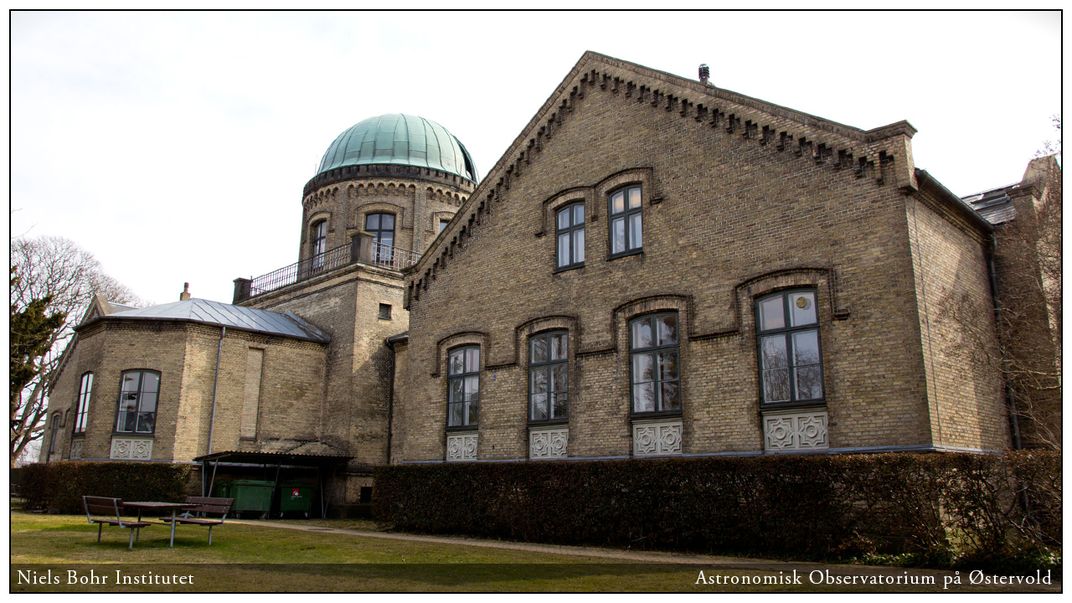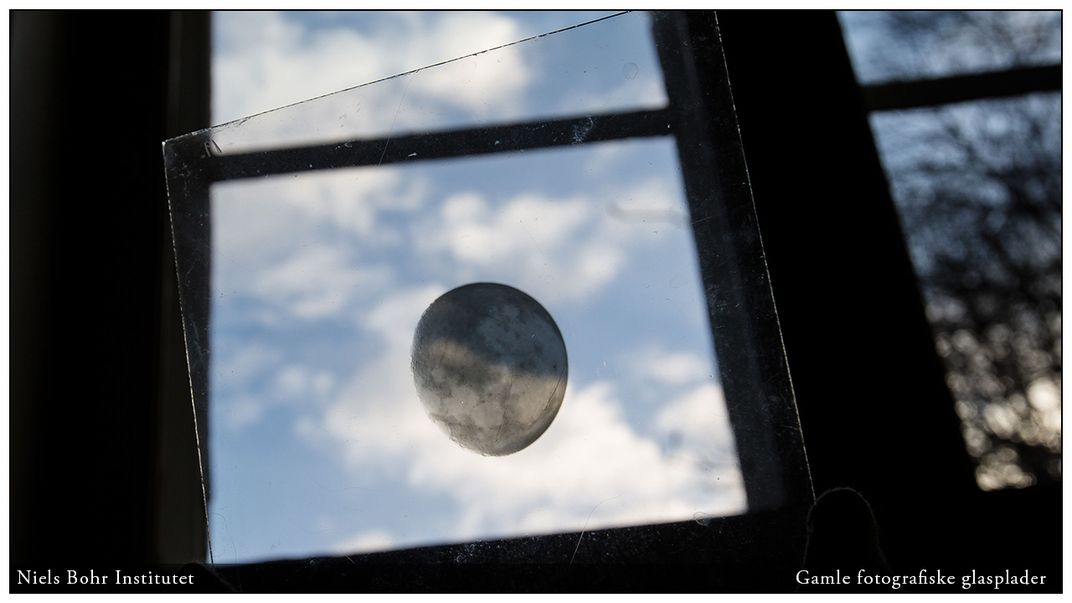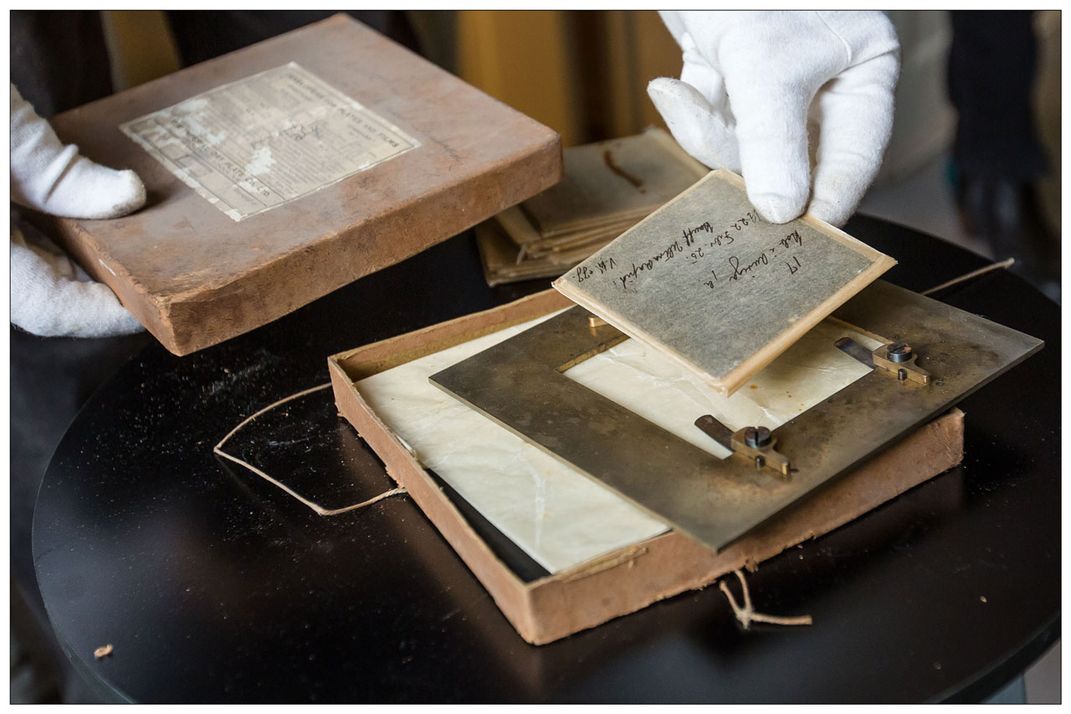Long-Lost Photos of Eclipses and Stars Found in an Observatory Basement
The stash of old negatives includes a 97-year-old copy of the photo that helped confirm the Theory of Relativity
/https://tf-cmsv2-smithsonianmag-media.s3.amazonaws.com/filer/0b/f0/0bf06d59-018f-410d-92e5-bfe59051e8e9/glasplader7.jpg)
A retired Danish astronomer recently made an amazing discovery while making a cup of tea: a trove of late 19th-century and early 20th-century negatives of all sorts of astronomical observations etched into glass plates. The images, some of which are up to 120 years old, present a new record of historic events, including comets, solar and lunar eclipses, neighboring planets and even distant binary stars.
“One day when I went down to the basement to make a cup of tea, I noticed some cardboard boxes from the Østervold Observatory,” retired astronomer Holger Pedersen said in a statement. He discovered the negatives stored in a kitchen at the Niels Bohr Institute in Copenhagen, where he still keeps an office.
“They had been moved there when the observatory was shut down many years ago” Pederson said. “The boxes were full of cartons, so I took them up to the office to take a closer look at them.”
While most of the boxes stored in the basement kitchen were filled with junk, Pederson discovered 300 photographic glass plates taken at the former Østervold Observatory. The plates had originally been moved when the observatory closed in 1996 and stored in the basement at the nearby Niels Bohr Institute, forgotten for nearly 20 years, Mindy Weisberger writes for LiveScience.
The glass plates hold images taken over the course of 64 years, with the oldest of the batch containing an image of a lunar eclipse taken on February 28, 1896. The most recent plate holds a photograph taken of the comet Arend-Roland in 1957, Jay Bennett writes for Popular Mechanics.
During the 19th century, photographers used glass to capture the earliest photographic negatives by coating thin plates with light-sensitive chemicals. But even long after most photographers switched to more flexible film, some astronomers still favored the rigid plates to record observations in the sky because the glass developed more evenly. Some observatories continued recording negatives on glass plates as recently as the 1980s and ‘90s, Michael Shara, a curator in the Department of Astrophysics at the American Museum of Natural History tells Weisberger.
“It is astronomy from a different age,” Johan Fynbo, a professor at the Dark Cosmology Center at the Niels Bohr Institute said in a statement.
Perhaps one of the most exciting discoveries Pederson uncovered in the boxes is a copy of an image of a solar eclipse first recorded by the astronomer Arthur Eddington in 1919, which he used to confirm Einstein’s Theory of Relativity.
In 1915, Einstein theorized that gravity would cause light to bend around stars and galaxies; Eddington’s observations provided the first proof that this effect was real.
According to Pedersen, Eddington made as many as 10 copies of the photograph to send to colleagues "to verify that Eddington had not 'cooked the results' himself," Weisberger writes. While the newly-discovered plate didn’t have a record of who it was intended for, Pedersen suspects that Eddington sent it to his colleague Ellis Strömgren, who ran the Østervold Observatory at the time.
While astronomers may not learn much new about the skies from these old plates, they are an invaluable glimpse into how astronomers once understood the stars.



